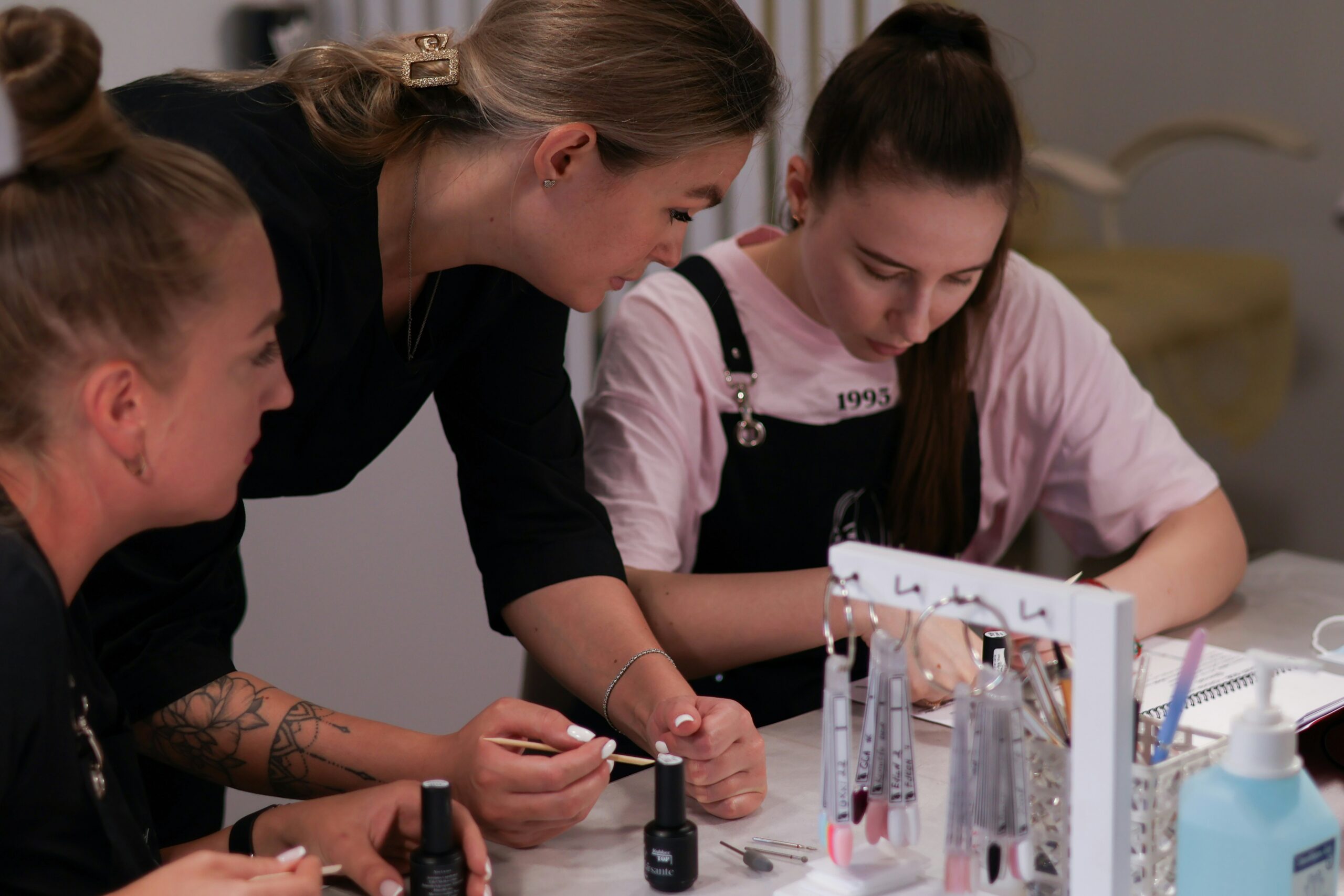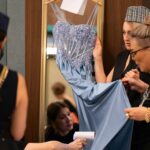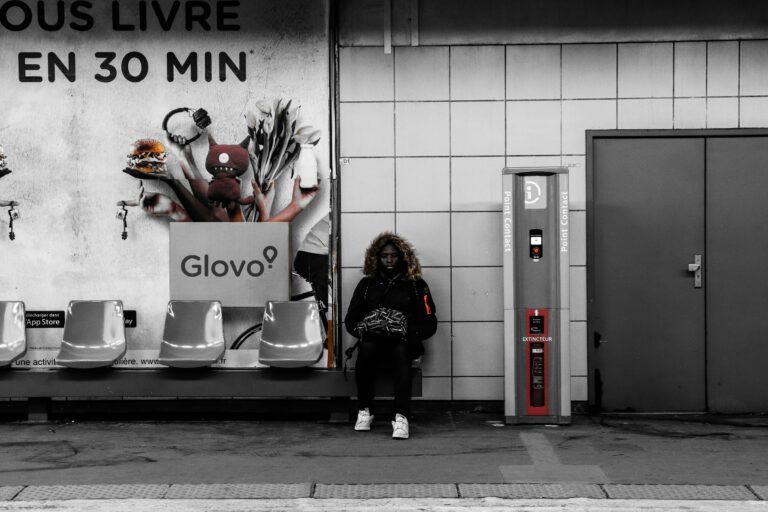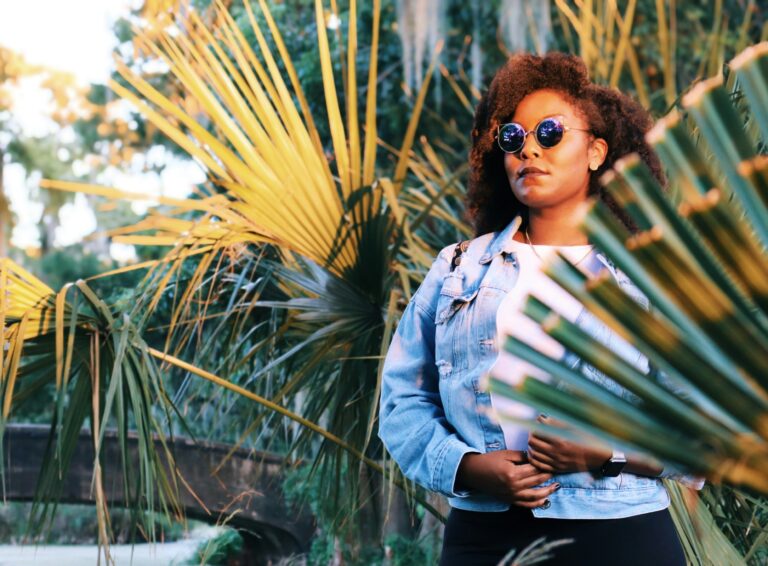Fashion has always been more than just clothing. It is a reflection of society, identity, creativity, and progress. The history of fashion designers reveals how culture, innovation, and craftsmanship have shaped what we wear and how we view style. From the origins of tailoring to today’s digital fashion tools, the story of fashion design is …
History of Fashion Designers: Evolution of Fashion and Iconic Innovators

Fashion has always been more than just clothing. It is a reflection of society, identity, creativity, and progress. The history of fashion designers reveals how culture, innovation, and craftsmanship have shaped what we wear and how we view style. From the origins of tailoring to today’s digital fashion tools, the story of fashion design is rich with evolution, bold personalities, and revolutionary changes.
Contents
When Was Fashion Invented? A Brief Timeline
While humans have worn clothing for tens of thousands of years, fashion—defined by shifting styles and trends—is a relatively recent concept.
Prehistoric and Ancient Times
- Clothing as Necessity: In prehistoric times, early humans used animal skins and natural materials for protection.
- Symbolism and Status: In ancient civilizations such as Egypt, Greece, and Rome, clothing began to denote social status, occupation, and religion.
- Draping and Simplicity: Early garments like the Egyptian kalasiris or Greek chiton were primarily draped, not sewn.
Medieval to Renaissance Fashion
- Feudal Symbolism: In medieval Europe, clothing was strictly regulated. Nobility wore rich fabrics like velvet and silk, while peasants wore wool.
- Tailoring Emerges: The 14th century saw the beginnings of fitted garments, thanks to improvements in tailoring techniques.
- Renaissance Opulence: Lavish garments, embroidery, and fashion-forward courts (like those in France and Italy) emerged.
17th and 18th Centuries
- France as Fashion Leader: Louis XIV of France turned fashion into a national industry, with elaborate wigs, lace, and luxurious silks.
- Printing and Pattern Books: The first fashion plates and patterns were published, allowing trends to spread across Europe.
Who Was the First Fashion Designer?
Charles Frederick Worth, an Englishman based in Paris, is widely credited as the first true fashion designer. In the mid-19th century:
- Worth opened his fashion house in Paris in 1858.
- He began designing dresses that he showcased on live models (mannequins), an innovation that birthed the idea of the “fashion show.”
- His garments bore sewn-in labels, a new practice that branded fashion.
- He dictated what clients should wear instead of the client dictating to the dressmaker—a revolutionary shift in the customer-designer relationship.
This marked the birth of haute couture (high fashion) and the designer-led fashion system.
The Evolution of Fashion Trends Through the Decades
Early 20th Century: Modern Beginnings
- Paul Poiret: Freed women from corsets, introduced draped, flowing garments.
- Coco Chanel: Popularized the little black dress, jersey fabric, and chic, boyish silhouettes.
- 1920s: Flapper dresses, bob haircuts, and Art Deco accessories.
- 1930s-40s: Hollywood glamour, wartime austerity.
Post-War Boom: 1950s-70s
- Christian Dior (New Look): Introduced in 1947 with cinched waists and voluminous skirts; a reaction to war-era minimalism.
- Yves Saint Laurent: Introduced the tuxedo for women, safari jackets, and Rive Gauche ready-to-wear.
- 1960s: Youthquake movement, miniskirts by Mary Quant, bold prints, and mod style.
- 1970s: Disco, bohemian styles, pantsuits, and unisex fashion.
1980s to 2000s: Branding and Global Influence
- Versace: Sexy, bold, celebrity-driven.
- Ralph Lauren: Embodied American preppy luxury.
- Gianni and Donatella Versace, Giorgio Armani, Calvin Klein, and Tom Ford led global brand empires.
- Late 1990s/2000s: Rise of supermodels, minimalist trends, and streetwear beginnings.
2010s-Present: Digital and Sustainable Fashion
- Social Media Influence: Instagram, TikTok, and influencer marketing transformed how trends spread.
- Fast Fashion: Brands like Zara and H&M changed consumption but raised concerns about environmental impact.
- Digital Design & 3D Fashion: Tools like CLO3D, Browzwear, and AI-based fashion apps revolutionized garment creation.
- Sustainable Designers: Stella McCartney, Mara Hoffman, and Eileen Fisher prioritize ethical production.
Famous Fashion Designers and Their Legacy
Coco Chanel
- Introduced elegant simplicity and practicality.
- Invented timeless pieces like the Chanel No. 5 perfume, the tweed suit, and quilted handbags.
Christian Dior
- Defined post-WWII elegance.
- His “New Look” silhouette restored glamour to women’s wardrobes.
Yves Saint Laurent
- Bridged haute couture and ready-to-wear.
- Known for tuxedos for women, see-through blouses, and bold ethnic inspirations.
Gianni Versace
- Made fashion opulent, flashy, and celebrity-centric.
- Fused fashion with pop culture.
Alexander McQueen
- Avant-garde genius known for theatrical shows.
- Master of tailoring and narrative fashion.
Virgil Abloh
- First Black artistic director at Louis Vuitton Menswear.
- Merged streetwear with luxury fashion through his brand Off-White.
History of Fashion Technology
Technology transformed how fashion is made, sold, and worn:
Industrial Revolution
- Mass production of textiles.
- Sewing machines allowed ready-to-wear clothing.
20th Century
- Introduction of synthetic fabrics (nylon, polyester).
- Commercial availability of zippers, velcro, and modern fasteners.
21st Century
- CAD (Computer-Aided Design) software like TUKAcad, Adobe Illustrator.
- 3D fashion software: CLO3D, Browzwear allow digital prototyping.
- Virtual Runways and NFTs: Digital fashion shows and blockchain-verified fashion pieces.
- Sustainable Tech: Tools for lifecycle analysis, waterless dyeing, and circular fashion.
Fashion Design History and Social Impact
Fashion has always intersected with broader social movements:
- Women’s Liberation: Shift from corsets to practical clothing.
- Civil Rights Era: Afrocentric fashion and Black designers emerged.
- LGBTQ+ Influence: Fashion as a form of gender expression and identity.
- Eco-conscious Movements: Growth of vegan fashion, slow fashion, and recycled materials.
FAQs
- Who is considered the first fashion designer in history?
Charles Frederick Worth is widely regarded as the first true fashion designer. In the mid-19th century, he established haute couture in Paris and introduced the concept of seasonal collections. - How did fashion design evolve in the 20th century?
Fashion design in the 20th century saw rapid changes, from the flapper styles of the 1920s, through Dior’s “New Look” in the 1940s, to the rise of ready-to-wear and streetwear by the century’s end. - What impact did Coco Chanel have on fashion?
Coco Chanel revolutionized women’s fashion by popularizing comfortable, elegant styles such as the little black dress and jersey fabric, moving away from restrictive corsets. - How did Christian Dior influence post-war fashion?
Christian Dior’s “New Look” (1947) redefined femininity with full skirts and cinched waists, marking a departure from wartime austerity and shaping fashion for decades. - Who are some iconic American fashion designers?
Notable American designers include Ralph Lauren, Calvin Klein, and Donna Karan, each contributing to the casual luxury and sportswear trends. - How did fashion designers influence cultural movements?
Designers like Yves Saint Laurent incorporated art and social change into fashion, reflecting movements such as feminism and youth counterculture. - What role did technology play in the evolution of fashion design?
Advancements in textiles, sewing machines, and digital design tools have transformed production, creativity, and accessibility in fashion. - Who are some influential designers in sustainable fashion history?
Pioneers like Stella McCartney and Vivienne Westwood championed eco-friendly materials and ethical production long before sustainability became mainstream. - How did streetwear emerge as a fashion force?
Originating from skate and hip-hop cultures, streetwear was embraced by designers like Virgil Abloh, blending casual style with luxury fashion. - What are haute couture and ready-to-wear?
Haute couture refers to custom, handmade clothing made for specific clients, while ready-to-wear is mass-produced fashion available off the rack. - Who was Alexander McQueen and why is he iconic?
Alexander McQueen was a British designer known for theatrical runway shows and avant-garde designs that challenged traditional fashion norms. - How did fashion weeks contribute to the industry’s evolution?
Fashion weeks in Paris, Milan, New York, and London established global platforms for designers to showcase new collections and set trends. - What is the significance of the little black dress in fashion history?
Popularized by Coco Chanel, the little black dress became a timeless symbol of elegance and versatility. - Who was Elsa Schiaparelli and what was her contribution?
Schiaparelli was a surrealist-inspired designer famous for bold colors and innovative designs, collaborating with artists like Salvador Dalí. - How has menswear fashion evolved through designers?
Designers like Giorgio Armani modernized menswear with relaxed tailoring and luxury casual wear. - What impact did designers like Jean-Paul Gaultier have on fashion?
Jean-Paul Gaultier broke gender norms and embraced unconventional aesthetics, influencing pop culture and runway fashion. - How did fashion evolve during the 1960s and 1970s?
The era brought youth-driven styles, miniskirts, psychedelic prints, and bohemian looks, reflecting social revolutions. - Who are some contemporary fashion icons shaping the industry today?
Current leaders include Virgil Abloh, Demna Gvasalia, and Kim Jones, known for blending streetwear, innovation, and luxury. - How has globalization affected fashion design history?
Globalization expanded fashion influences, increased diversity, and created new markets for designers worldwide. - What is the future outlook for fashion design?
The future points to more digital innovation, sustainability, and inclusive design shaping how fashion evolves.
Conclusion
The history of fashion designers is a living narrative of culture, creativity, and change. From Charles Worth to Virgil Abloh, fashion has evolved from royal courts to global runways, from hand-stitched garments to 3D simulations. Studying this history not only celebrates famous designers but also reveals how fashion shapes—and is shaped by—society. Each fashion week serves as a stage where designers showcase their visions, bringing to life iconic fashion week styles that often influence trends for years to come. The interplay between avant-garde designs and streetwear aesthetics reflects a dynamic conversation within the industry, highlighting the diverse influences that permeate cultural expression. As these designers push boundaries, they continue to challenge societal norms and redefine beauty in all its forms.
Understanding fashion design history is essential for appreciating today’s trends and tomorrow’s innovations. Whether you’re a student, a designer, or an enthusiast, this journey through the evolution of style offers a rich perspective on one of humanity’s most expressive forms of art.

Shikha Singh
Keep in touch with our news & offers
Subscribe to Our Newsletter
Thank you for subscribing to the newsletter.
Oops. Something went wrong. Please try again later.






